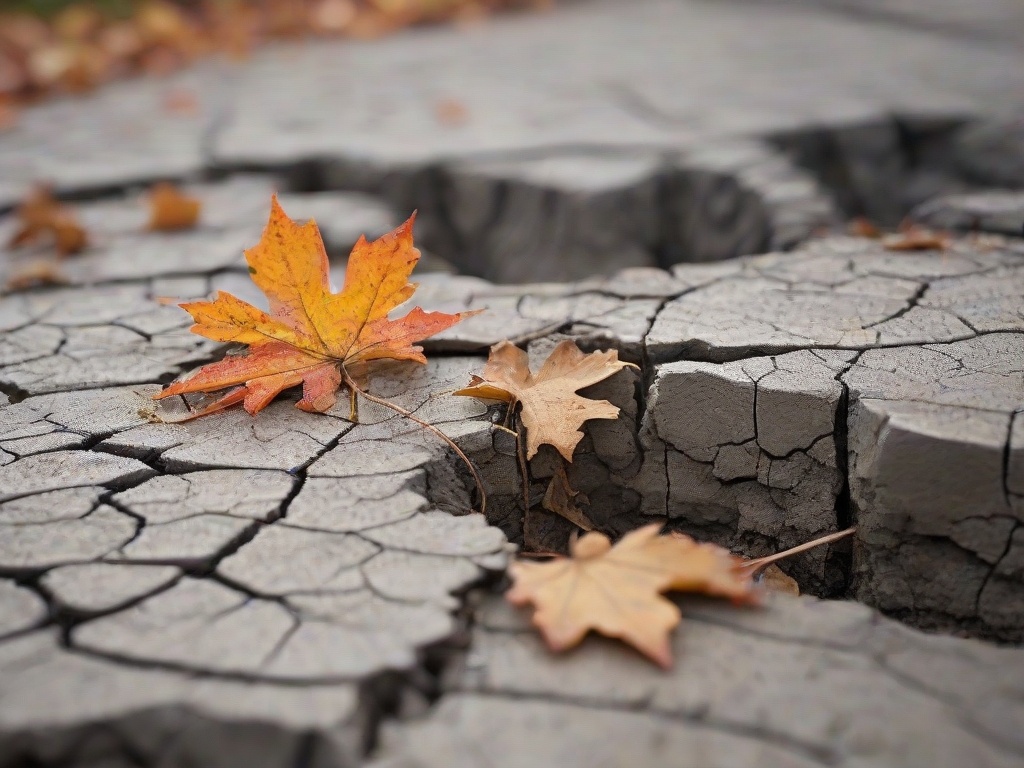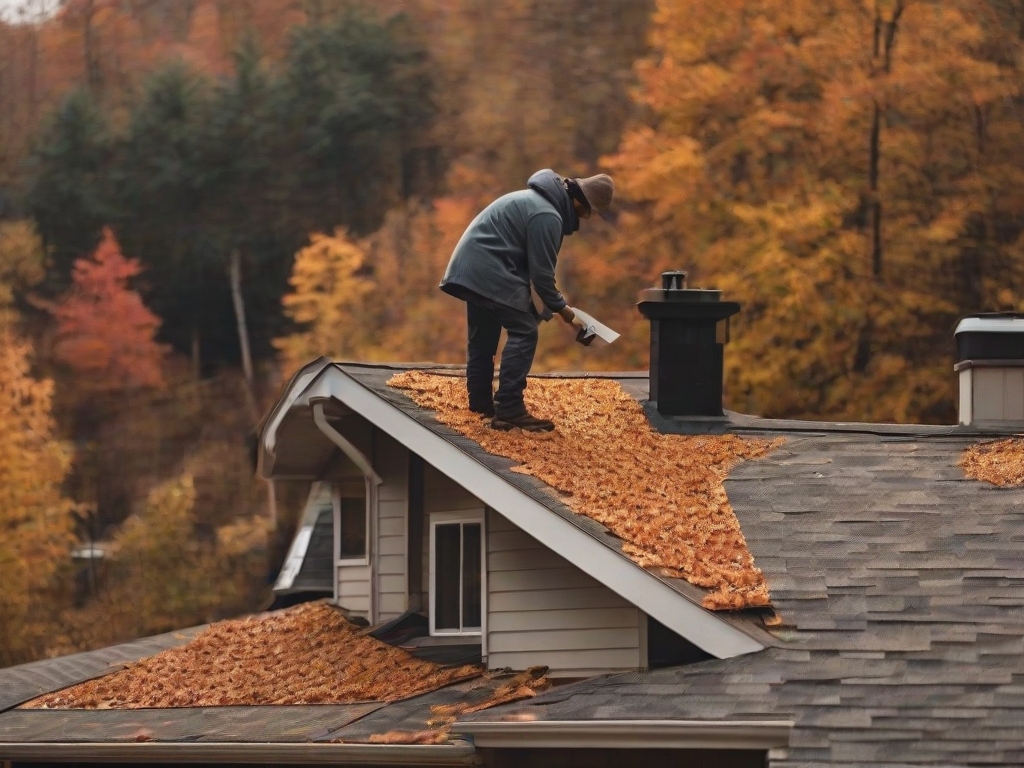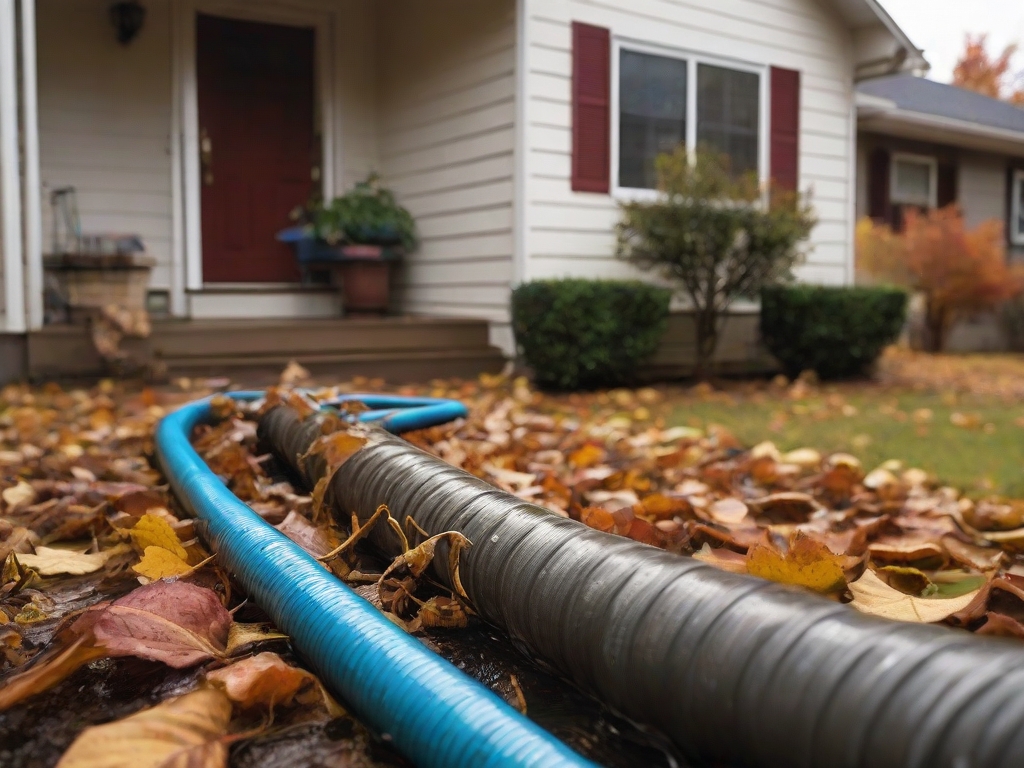As the vibrant leaves of Ontario’s trees transform into a symphony of reds, oranges, and yellows, homeowners across the province recognize the arrival of fall as a signal to commence essential outdoor maintenance. Preparing your home for the harsh Canadian winter is not just about preserving its aesthetic charm; it’s a proactive approach to protecting your investment and ensuring your family’s comfort and safety in the colder months. In Ontario, where the climate can swiftly shift from mild autumn breezes to severe winter storms, timely fall maintenance is particularly crucial. This article offers quintessential tips and advice on outdoor home maintenance tailored to Ontario’s unique fall conditions. From roof and gutter care to winterizing your outdoor plumbing, we’ve got you covered. Let’s dive into the seasonal upkeep necessary to prepare your Ontario home for the impending winter.
1. Understanding Ontario’s Fall Climate: Preparing for the Shift
In Ontario, fall is not just a season of beauty; it’s a period of transition. The climate in Ontario during autumn is characterized by decreasing temperatures and increasing precipitation, which can range from light showers to heavy snowfalls as winter approaches. This shift in weather necessitates a proactive approach to home maintenance. Understanding the specific challenges posed by Ontario’s climate is the first step in protecting your home.
Weather Patterns and Their Impacts
Ontario’s fall weather is notably unpredictable. Early fall may still have warm days, but the temperature quickly drops as the season progresses. This rapid change can have significant effects on your home. For instance, the fluctuation in temperatures can cause expansion and contraction in building materials, leading to cracks and gaps. Additionally, increased rainfall can lead to moisture-related issues, such as mold and mildew, if not properly managed.

Preparing for Temperature Changes
To prepare for these temperature changes, start with a thorough inspection of your home’s exterior. Look for signs of wear and tear, such as cracks in the foundation, damaged siding, or peeling paint. These can be entry points for moisture and cold air, leading to higher heating costs and potential water damage.
Dealing with Increased Precipitation
The increase in precipitation also demands attention to your home’s drainage systems. Ensure your gutters and downspouts are clean and clear of debris to prevent water from pooling around your home’s foundation, which can cause serious structural damage. Additionally, check that the soil around your home slopes away from the foundation to aid in proper drainage.
Preparing for Early Frosts and Snow
While snow is more common in late fall to early winter, early frosts can occur and should be planned for. Protect sensitive plants in your garden, and consider wrapping young trees or shrubs to shield them from the cold. Also, ensure that any outdoor furniture is stored or adequately covered to prevent damage.
Understanding and preparing for Ontario’s fall climate is crucial for maintaining your home’s integrity and ensuring a comfortable and safe winter. By acknowledging the seasonal changes and responding accordingly, homeowners can effectively safeguard their property against the challenges posed by this transitional period.
2. Roof and Gutter Maintenance: Essential for Ontario Winters
The roof and gutters are your home’s first line of defense against Ontario’s harsh winter elements. Fall is the ideal time to ensure these critical components are in top condition to withstand the upcoming snow, ice, and freezing temperatures.
Inspecting and Repairing Your Roof

Start with a thorough inspection of your roof. Look for missing, damaged, or loose shingles and tiles, as these can lead to leaks when snow and ice accumulate. Pay special attention to any signs of sagging or damage around the roofline and chimneys, as these areas are particularly susceptible to winter weather. If you’re not comfortable doing this yourself, consider hiring a professional to ensure a comprehensive evaluation.
Cleaning and Securing Gutters
Gutters play a vital role in directing water away from your home. Clogged or damaged gutters can lead to ice dams, which can cause significant water damage to both the exterior and interior of your home. Clean your gutters thoroughly to remove leaves, twigs, and other debris. Additionally, ensure that they are securely attached and that downspouts are directing water away from your home’s foundation.
Installing Gutter Guards
Consider installing gutter guards to minimize the need for frequent cleanings. They are particularly beneficial in Ontario, where falling leaves can quickly clog gutters.
Checking for Adequate Insulation and Ventilation
Proper insulation and ventilation in your attic are crucial to prevent heat loss and ice dam formation. Inspect your attic to ensure that it’s well-insulated and that ventilation is unobstructed. This will not only help with roof maintenance but also contribute to lower heating costs.
Preparing for Snow and Ice
Lastly, be prepared for snow and ice removal. While it’s not advisable to remove snow from the roof yourself due to safety concerns, having the tools and contacts ready for professional snow removal can be vital in heavy snowfall situations.
By ensuring your roof and gutters are in prime condition, you’re taking a significant step towards protecting your Ontario home from winter weather challenges.
3. Lawn and Garden Care: Fall Strategies for a Healthy Spring
Your lawn and garden require special attention in the fall to ensure they survive the Ontario winter and thrive in the spring. Fall is the time to prepare your outdoor green spaces for the upcoming cold months.
Lawn Maintenance and Fertilization

Begin with lawn maintenance. Rake up fallen leaves to prevent them from smothering the grass. This not only keeps your lawn looking neat but also prevents mold and other diseases. Late fall is also the perfect time to apply a winter fertilizer. This helps to strengthen the roots of your grass, giving it a better chance of surviving the winter and growing back lush and green in the spring.
Pruning and Protecting Plants
Prune your trees and shrubs. Removing dead or diseased branches helps to prevent damage from snow and ice accumulation. Additionally, wrap delicate shrubs and young trees in burlap to protect them from the harsh winter winds and heavy snowfall typical in Ontario.
Preparing Garden Beds
Prepare your garden beds for winter. Remove old plant material and add mulch to protect the soil from extreme temperature fluctuations. Mulch acts as an insulator, keeping the soil warmer and providing a more stable environment for plant roots.
Planting Bulbs and Winter-Resistant Plants
Consider planting bulbs in the fall for spring blooms. Tulips, daffodils, and crocuses are popular choices in Ontario and will add a burst of color to your garden come spring. You can also add winter-resistant plants to keep some green in your garden during the colder months.
Equipment and Tool Maintenance
Finally, take care of your gardening tools and equipment. Clean and store them properly to prevent rust and deterioration. This includes draining and storing hoses and turning off outdoor water sources to prevent freezing.
By taking these steps in the fall, you’re setting the stage for a vibrant and healthy lawn and garden in the spring. With a bit of effort now, you can enjoy the rewards of a beautiful outdoor space when the warmer weather returns.
4. Exterior Check and Repair: Windows, Doors, and Walls
Ensuring the integrity of your home’s exterior is crucial for withstanding Ontario’s winter. This involves a thorough check and repair of windows, doors, and walls to enhance energy efficiency and prevent damage.
Window and Door Inspection
Start with inspecting windows and doors. Look for drafts, loose frames, or cracked panes. Caulking and weather-stripping are simple yet effective ways to seal gaps and prevent cold air from entering your home. This not only keeps your home warmer but also reduces heating costs.
Repairing Cracks and Damage
Examine the exterior walls for cracks or damage. Small cracks can expand in freezing temperatures, leading to significant structural issues. Repair these cracks with appropriate sealants or consider professional help for larger repairs.
Updating Insulation
Consider updating or adding extra insulation to walls, especially if your home is older. Proper insulation is key to maintaining a comfortable indoor temperature and reducing heating bills.
Checking Exterior Paint and Siding
Inspect the paint and siding on your home. Peeling paint or damaged siding can expose the underlying materials to the elements, potentially leading to more serious damage. Repainting or repairing siding before winter can prevent these issues.
Securing Loose Items and Preparing for Storms
Secure any loose items around your property, such as outdoor decorations or furniture, to prevent them from becoming hazards in strong winds or storms. Also, prepare for potential power outages by ensuring you have a supply of batteries, flashlights, and other essentials.
By attending to these exterior maintenance tasks, you can enhance your home’s resilience against Ontario’s winter weather, ensuring safety and comfort throughout the season.
5. Winterizing Outdoor Plumbing: A Must for Ontario Homeowners
Winterizing your outdoor plumbing is an essential step in preparing your Ontario home for winter. The freezing temperatures can cause pipes to burst, leading to significant damage and costly repairs.

Draining Outdoor Faucets and Hoses
Begin by draining outdoor faucets and hoses. Disconnect hoses, drain them, and store them indoors. Shut off the water supply to external faucets, and drain the remaining water. This prevents the water inside from freezing, expanding, and potentially bursting the pipes.
Insulating Pipes
Insulate any exposed plumbing, especially pipes that run along exterior walls or in unheated areas like garages and basements. Foam pipe insulation is a simple and cost-effective solution to prevent freezing.
Checking Sprinkler Systems
If you have a sprinkler system, it should be thoroughly drained and shut down. Water left in sprinkler lines can freeze and cause damage to the system. Consider hiring a professional to blow out the lines if you’re unsure how to do it yourself.
Preparing for Rapid Temperature Drops
Be prepared for rapid drops in temperature by knowing how to shut off your home’s main water supply. This can be crucial in preventing major water damage if a pipe does burst.
Regularly Checking for Leaks
Throughout the winter, regularly check for leaks or signs of frozen pipes, such as a significant decrease in water pressure. Early detection can prevent more serious problems.
By taking these steps to winterize your outdoor plumbing, you are safeguarding your home against one of the most common and costly winter issues in Ontario. It’s a proactive approach that can save you time, money, and stress in the long run.

Embracing the beauty of Ontario’s fall season also means preparing for the imminent winter. By following these comprehensive outdoor home maintenance tips, you are not only preserving the aesthetic appeal and value of your home but also enhancing its resilience against the harsh Canadian winter. Each step, from inspecting your roof and gutters to winterizing your outdoor plumbing, plays a vital role in protecting your property and ensuring a comfortable living environment for you and your family.
As you check off each item on this fall maintenance list, remember that these efforts are an investment in your home’s longevity and your peace of mind. The time and resources you dedicate now can prevent costly repairs and emergencies in the colder months. So, while the autumn leaves are still displaying their splendid colors, take the time to prepare your home for what lies ahead. Your future self, braving the Ontario winter, will thank you for it.
